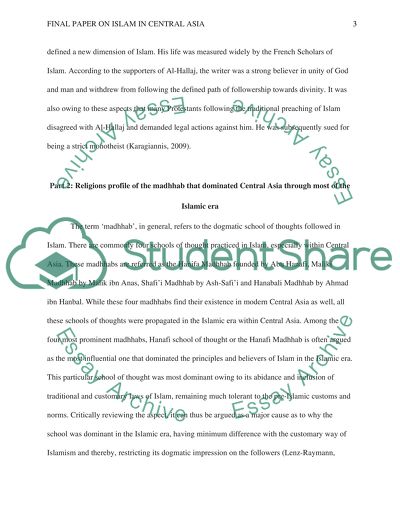Cite this document
(“Islam in Central Asia Essay Example | Topics and Well Written Essays - 1250 words”, n.d.)
Retrieved from https://studentshare.org/religion-and-theology/1672209-islam-in-central-asia
Retrieved from https://studentshare.org/religion-and-theology/1672209-islam-in-central-asia
(Islam in Central Asia Essay Example | Topics and Well Written Essays - 1250 Words)
https://studentshare.org/religion-and-theology/1672209-islam-in-central-asia.
https://studentshare.org/religion-and-theology/1672209-islam-in-central-asia.
“Islam in Central Asia Essay Example | Topics and Well Written Essays - 1250 Words”, n.d. https://studentshare.org/religion-and-theology/1672209-islam-in-central-asia.


